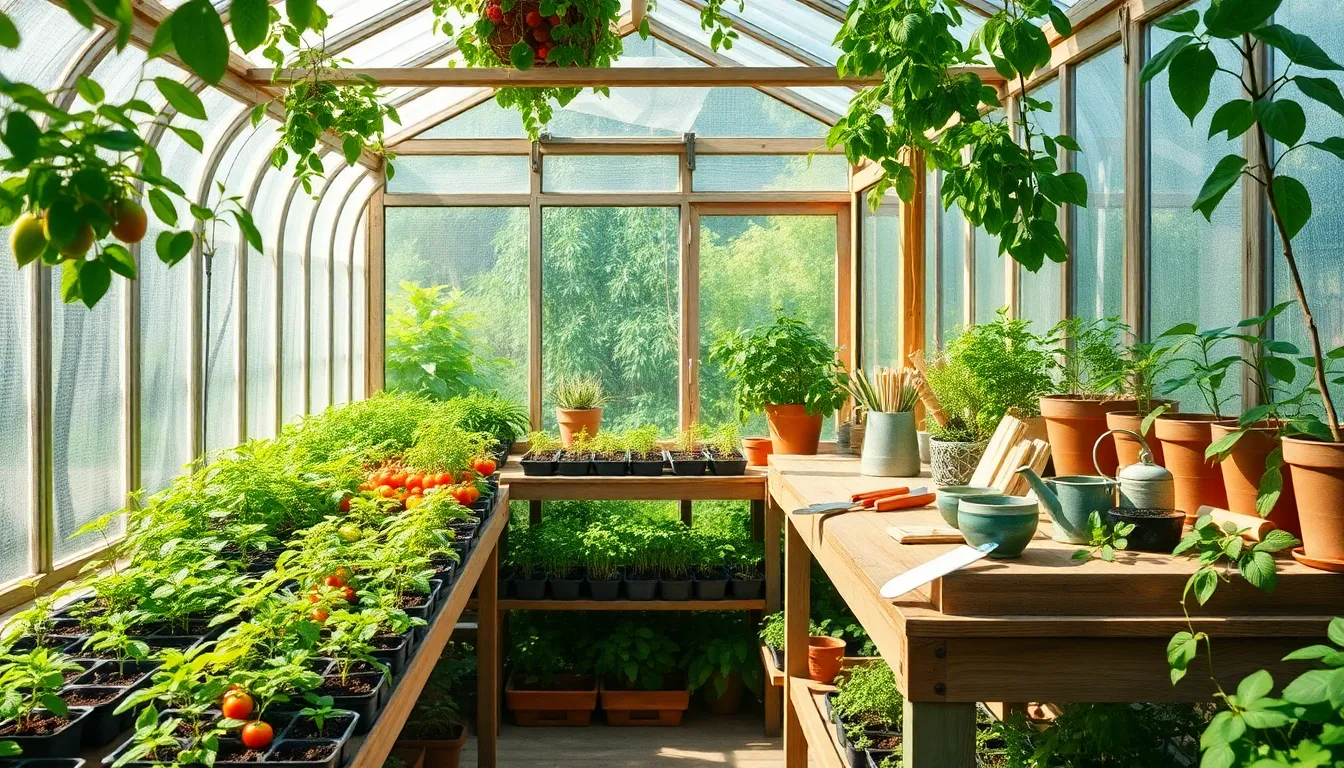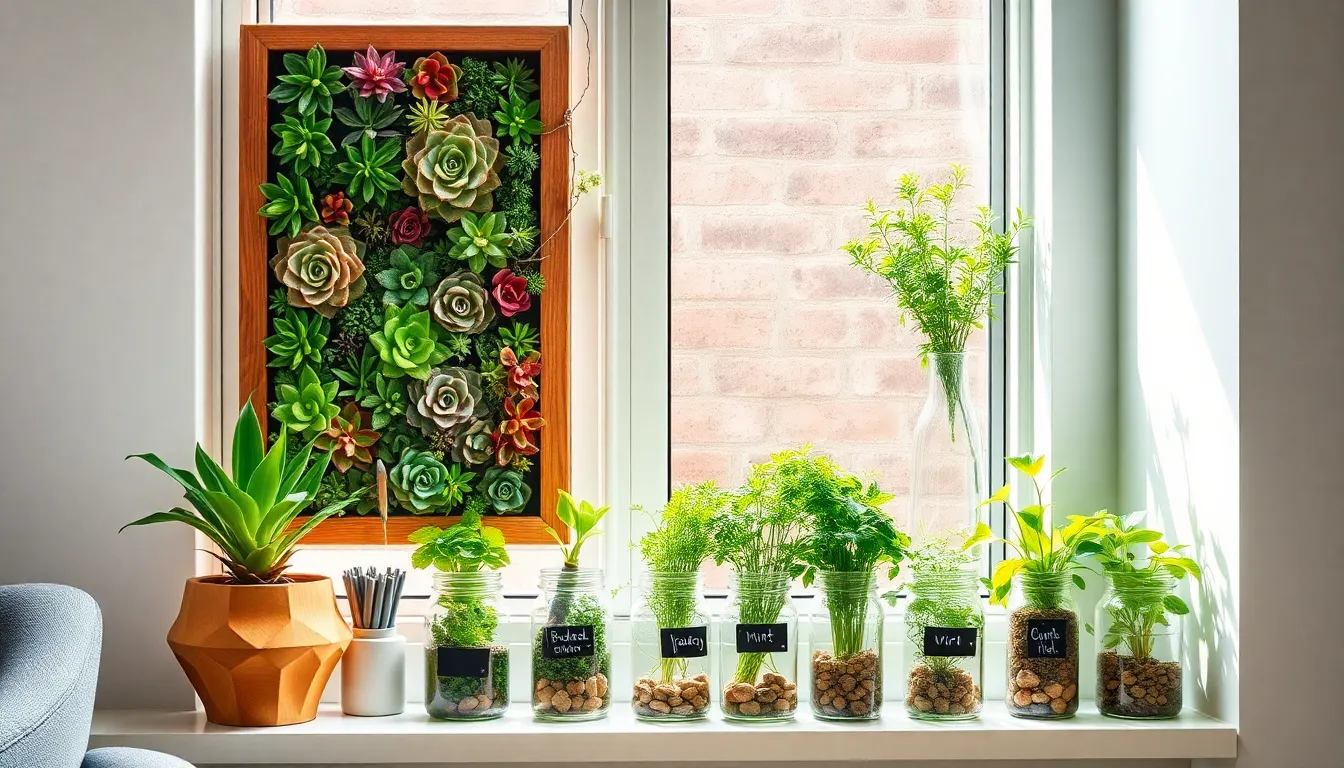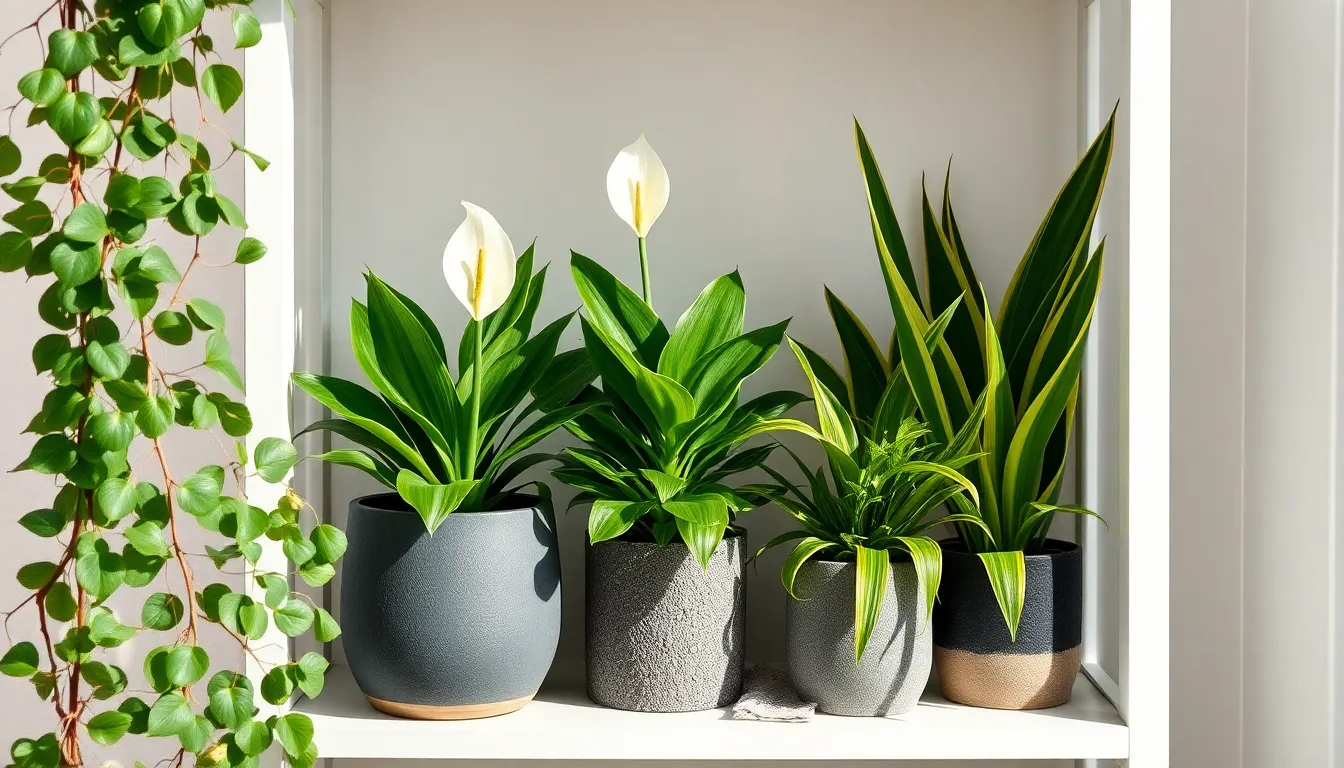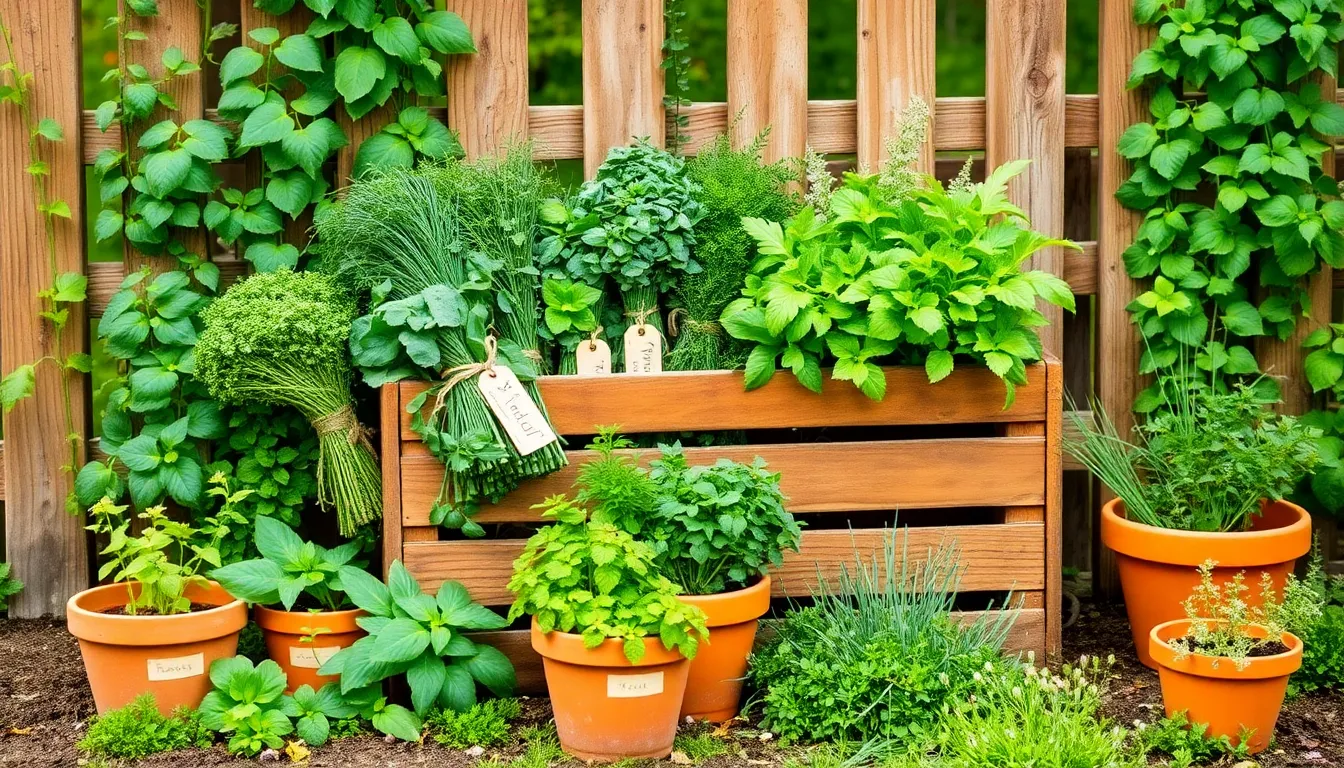Embarking on a greenhouse gardening project is like opening the door to a world of endless possibilities. Whether you’re a budding gardener eager to extend your growing season or a seasoned horticulturist looking to experiment with exotic plants, a greenhouse offers a unique space where your gardening dreams can flourish. This nurturing environment not only protects your plants from the whims of weather but also gives you the reins to control their climate, providing the perfect conditions for success.
For beginners, starting a greenhouse project can seem daunting, but rest assured, it’s a rewarding journey filled with learning and growth. From understanding the essentials of greenhouse structures and climate control to selecting the right plants for your new venture, this article will guide you through each step with clarity and confidence. Experienced gardeners will discover innovative techniques to optimize their greenhouse space, ensuring every inch is used to its fullest potential. You’ll also learn how to manage pests organically and integrate sustainable practices that benefit both your plants and the planet.
By the end of this article, you’ll be equipped with the knowledge to transform your greenhouse from a mere structure into a thriving, green sanctuary. With practical tips and expert advice, you’ll cultivate not just plants, but a deeper connection to the art and science of gardening. Whether you’re looking to produce fresh vegetables year-round or create a haven for rare and beautiful species, your greenhouse project awaits, ready to grow right along with you.
Select an Ideal Greenhouse Location
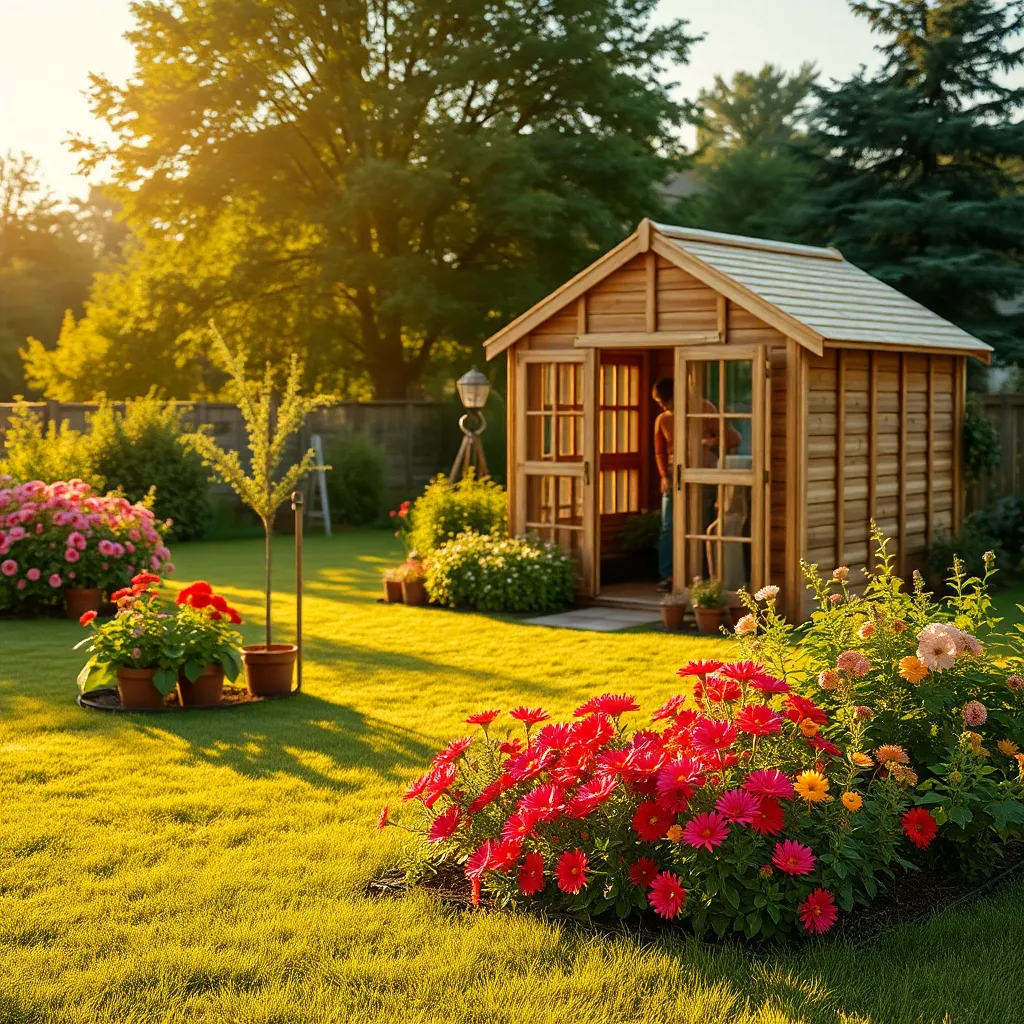
When choosing a location for your greenhouse, prioritize an area that receives ample sunlight throughout the day. Ideally, your greenhouse should be positioned to capture the most sunlight during winter months, which is crucial for plant growth.
Avoid placing your greenhouse near large trees or structures that may cast shadows. These obstructions can significantly reduce the amount of light your plants receive, limiting their growth potential.
Ensure the site is level and has good drainage, as water pooling can lead to root rot and other plant health issues. Consider installing a gravel base or raised beds within the greenhouse to improve drainage and maintain a stable growing environment.
For those in colder climates, orienting the greenhouse east-west can help maximize sunlight exposure. Additionally, installing reflective surfaces or using thermal mass materials inside can help retain heat, making your greenhouse more energy-efficient.
Choose Suitable Greenhouse Materials
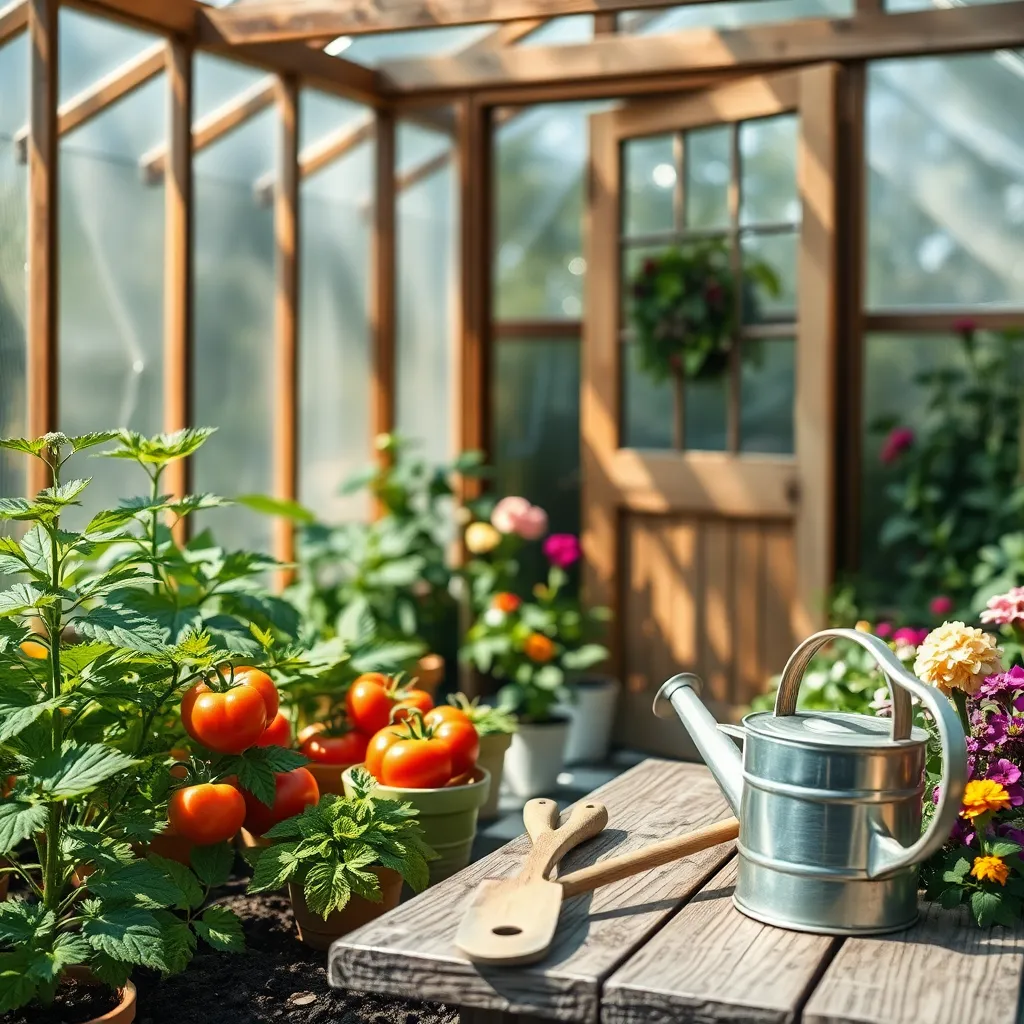
Choosing the right materials for your greenhouse is crucial to ensure optimal growing conditions for your plants. Different materials offer varying levels of insulation, durability, and light transmission, so it’s important to match your choice to your specific climate and gardening goals.
For beginners, a greenhouse frame made from aluminum is an excellent choice due to its lightweight nature and resistance to rust. Aluminum frames are easy to assemble and provide a sturdy structure that can withstand various weather conditions.
Advanced gardeners might consider using galvanized steel for their greenhouse frames, which offers superior strength and longevity. Although slightly more expensive, galvanized steel is ideal for larger greenhouses or those situated in areas prone to harsh weather.
Polycarbonate panels are a popular choice for greenhouse glazing because they provide excellent insulation and diffuse sunlight effectively. This material is particularly beneficial in colder climates, helping to maintain a consistent internal temperature for your plants.
Glass glazing, while more traditional, provides the highest light transmission and is ideal for plants that require maximum sunlight. However, it is heavier and more expensive, so you’ll need to ensure your structure is robust enough to support it.
Besides the structure and glazing, consider the flooring material, as it can affect moisture levels and temperature retention inside your greenhouse. Gravel or stone floors are practical for draining excess water, while concrete floors offer a more permanent and tidy solution.
Install Efficient Ventilation System
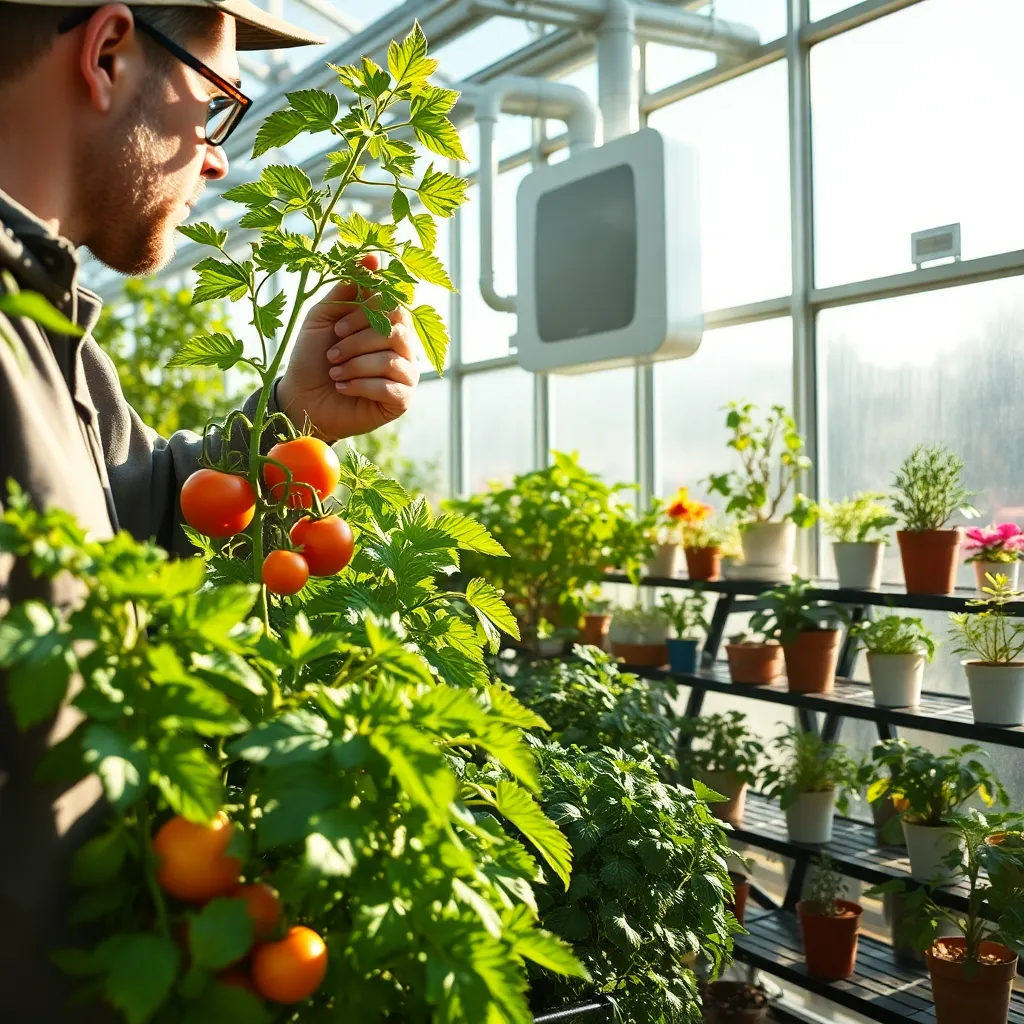
Proper ventilation is crucial to maintaining the health of your greenhouse plants. It helps to regulate temperature, control humidity, and improve air circulation, ensuring your plants thrive. Installing an efficient system begins with selecting the right type of ventilation. Consider using a combination of natural ventilation through vents and mechanical systems like fans to optimize airflow throughout the greenhouse.
Natural ventilation involves installing roof vents and side vents that can be opened or closed as needed. These vents allow hot air to escape and encourage cooler air to enter, maintaining a stable environment for your plants. Fans can be used to complement natural ventilation by actively circulating air, especially during hot months. Position fans strategically to distribute air evenly, preventing hotspots and promoting uniform growth conditions.
It’s essential to monitor the temperature and humidity levels to ensure the ventilation system is working effectively. Use a thermometer and hygrometer to keep track of these parameters and make adjustments as necessary. For more advanced control, consider installing an automated system that adjusts vents and fans based on preset temperature and humidity levels. This can be particularly beneficial for maintaining an optimal environment without constant manual adjustments.
Beginner gardeners might start with simple manual vents and basic oscillating fans, while more experienced gardeners might invest in automated systems for precision control. Regardless of your experience level, remember that consistent maintenance of your ventilation system is key. Regularly check for blockages and ensure that mechanical components are in good working order to keep your greenhouse environment ideal for plant growth.
Prepare Quality Potting Soil
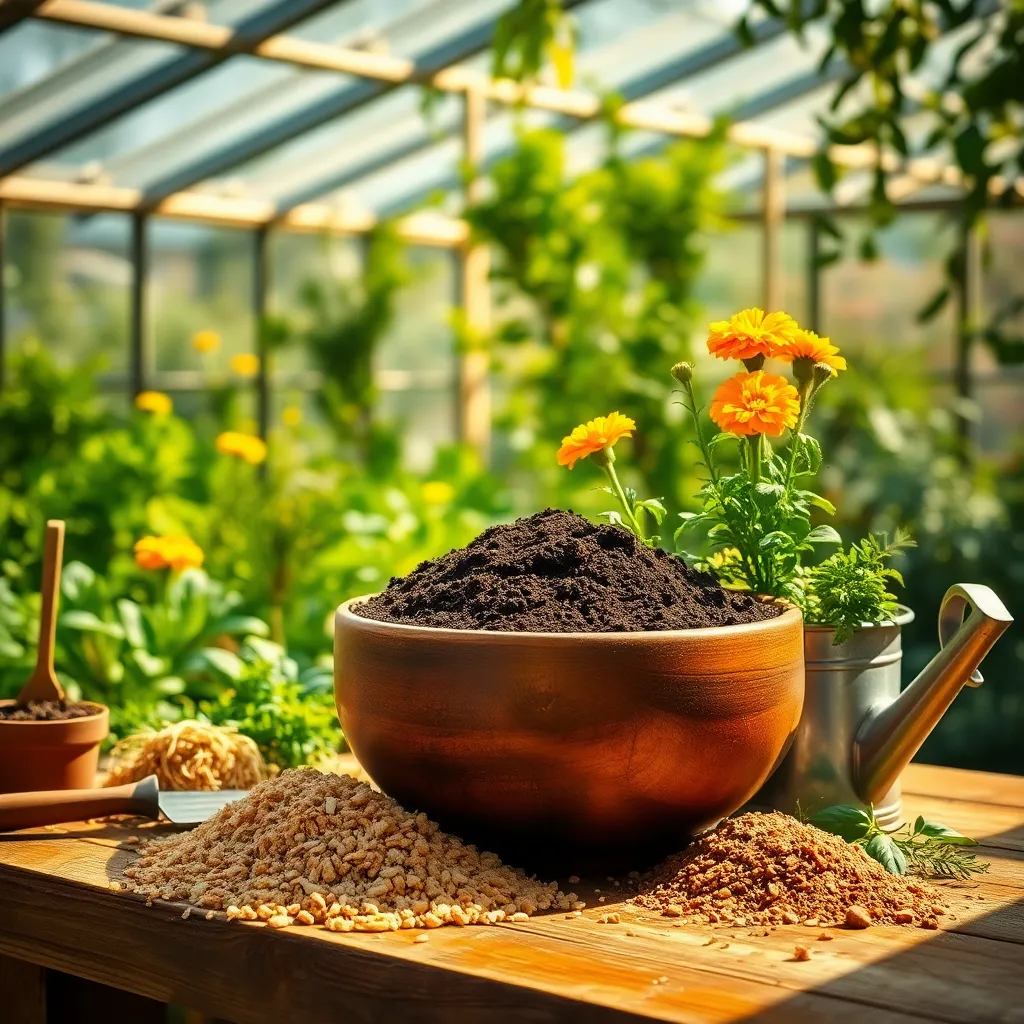
Creating quality potting soil is crucial for the success of your greenhouse gardening project. Start with a balanced mix of materials that provide excellent drainage, aeration, and nutrient retention. A basic potting mix can be made using equal parts peat moss, perlite, and vermiculite. These components ensure that your plants’ roots have access to both moisture and air, encouraging healthy growth.
For those looking to enhance their soil, consider adding organic matter such as compost or well-rotted manure. These additions not only improve the nutrient content of your soil but also enhance its structure and water retention capabilities. Compost is especially valuable for introducing beneficial microorganisms that aid plant health. Remember to mix these amendments thoroughly to ensure even distribution throughout the soil.
To cater to specific plant needs, tailor your potting soil by adjusting its components. For example, succulents and cacti require a mix with more sand or grit to improve drainage, while tropical plants might benefit from additional organic matter to retain moisture. Experimenting with different ratios can help you find the perfect blend for your plants’ unique requirements.
Regularly testing your potting soil’s pH and nutrient levels can provide insights into its effectiveness. Use a pH meter or test kit to ensure that your soil remains slightly acidic to neutral, which is ideal for most plants. Periodic adjustments can be made using lime to raise pH or sulfur to lower it, depending on your test results. This attention to detail will help maintain optimal growing conditions in your greenhouse.
Plan and Plant Your Crops
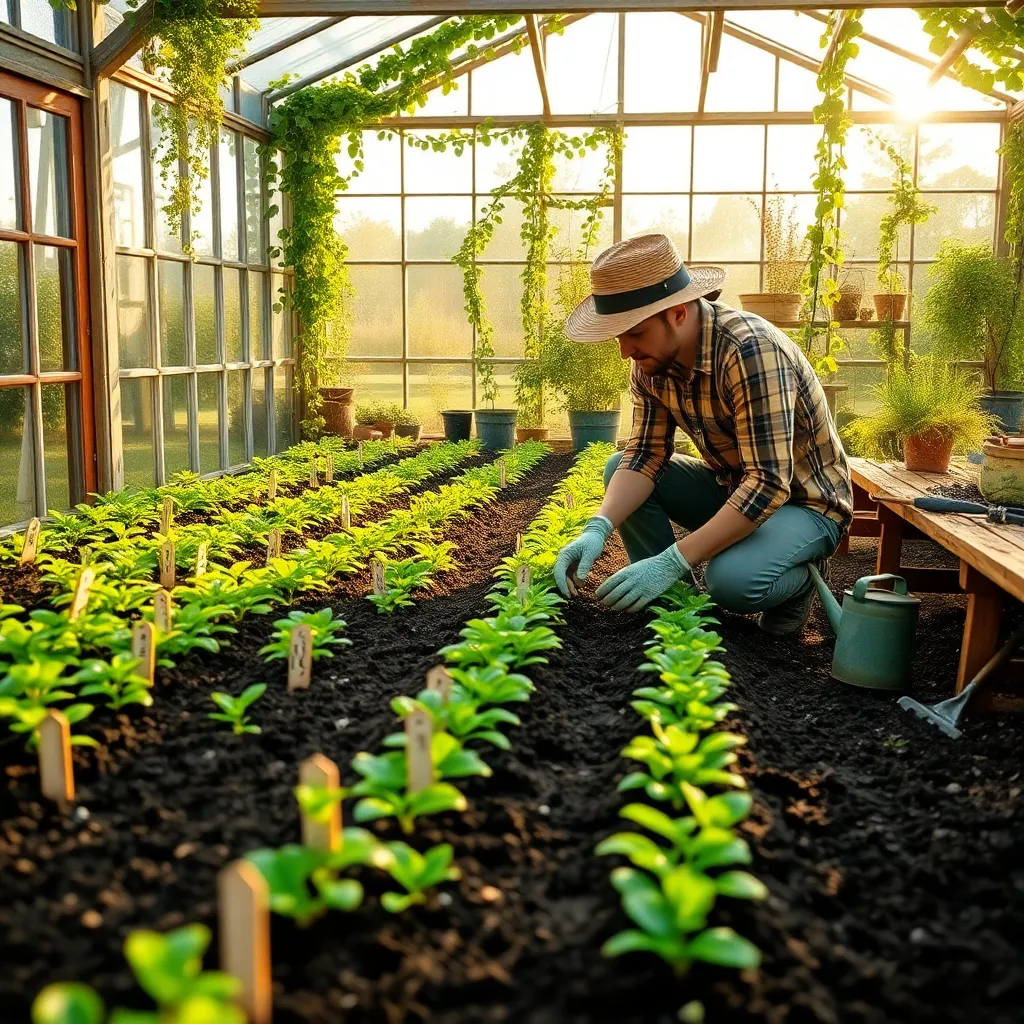
Planning your crops is a crucial step in ensuring a bountiful harvest from your greenhouse. Start by assessing the climate conditions within your greenhouse to match them with the plants that thrive under similar conditions.
Consider the space available and plant types when devising your planting schedule. Some crops, such as leafy greens, can be planted densely, while others, like tomatoes, need more room to grow and spread.
When selecting crops, think about your personal preferences and the growing season length. For beginners, easy-to-grow plants such as radishes, lettuce, and herbs are excellent choices.
Once you have a plan, it’s time to plant your crops with care and precision. Ensure each seed or seedling is planted at the correct depth and spacing, as indicated on the seed packet or nursery tag.
Water newly planted seeds gently but thoroughly, ensuring the soil remains consistently moist but not waterlogged. Using a fine mist or gentle spray can help avoid disturbing the soil or damaging delicate seedlings.
For more experienced gardeners, consider experimenting with companion planting to maximize the health and yield of your crops. Certain plant combinations, such as basil with tomatoes, can enhance growth and deter pests naturally.
Conclusion: Growing Success with These Plants
In embarking on a greenhouse gardening project, we explored five essential relationship concepts that can enrich your journey: communication, teamwork, patience, adaptability, and shared passion. By fostering open dialogue, you can ensure that everyone involved feels heard and valued. Teamwork allows you to pool resources and talents, turning your collective vision into reality. Patience nurtures growth, teaching us that the best relationships, much like plants, require time and care. Adaptability helps you navigate unexpected challenges, while a shared passion fuels motivation and joy in the process.
Now, take the first step by discussing your greenhouse gardening goals with your partner or friends. Identify what excites each of you and how you can contribute to this green venture together. As you embark on this project, remember that each step forward is an opportunity to deepen your connections and grow together.
Don’t forget to save or bookmark this article so you can revisit these concepts and continue nurturing your relationships. Embrace this journey with confidence, knowing that with each seed you plant and nurture, you’re cultivating a future where your relationships can thrive and flourish. Your greenhouse project is just the beginning of a beautiful, shared path to success.

